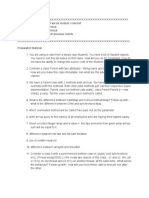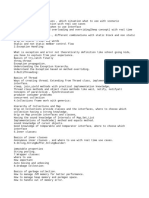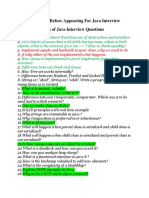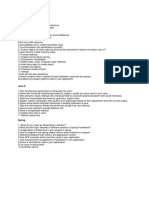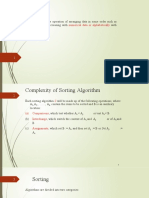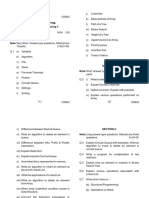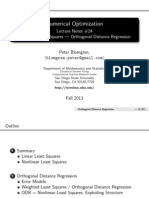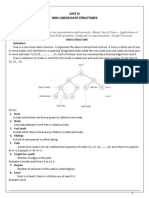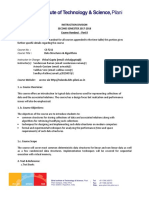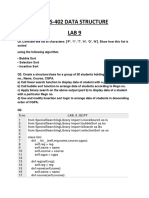0% found this document useful (0 votes)
9 views5 pagesJava SQL Interview Descriptive Questions
The document contains a series of technical questions and explanations related to Java programming, covering topics such as collection behaviors, concurrency, data structures, SQL queries, and design principles. It addresses specific programming scenarios, best practices, and performance considerations. Each question provides insights into effective coding techniques and problem-solving strategies in Java and SQL.
Uploaded by
momixen233Copyright
© © All Rights Reserved
We take content rights seriously. If you suspect this is your content, claim it here.
Available Formats
Download as PDF, TXT or read online on Scribd
0% found this document useful (0 votes)
9 views5 pagesJava SQL Interview Descriptive Questions
The document contains a series of technical questions and explanations related to Java programming, covering topics such as collection behaviors, concurrency, data structures, SQL queries, and design principles. It addresses specific programming scenarios, best practices, and performance considerations. Each question provides insights into effective coding techniques and problem-solving strategies in Java and SQL.
Uploaded by
momixen233Copyright
© © All Rights Reserved
We take content rights seriously. If you suspect this is your content, claim it here.
Available Formats
Download as PDF, TXT or read online on Scribd
/ 5
